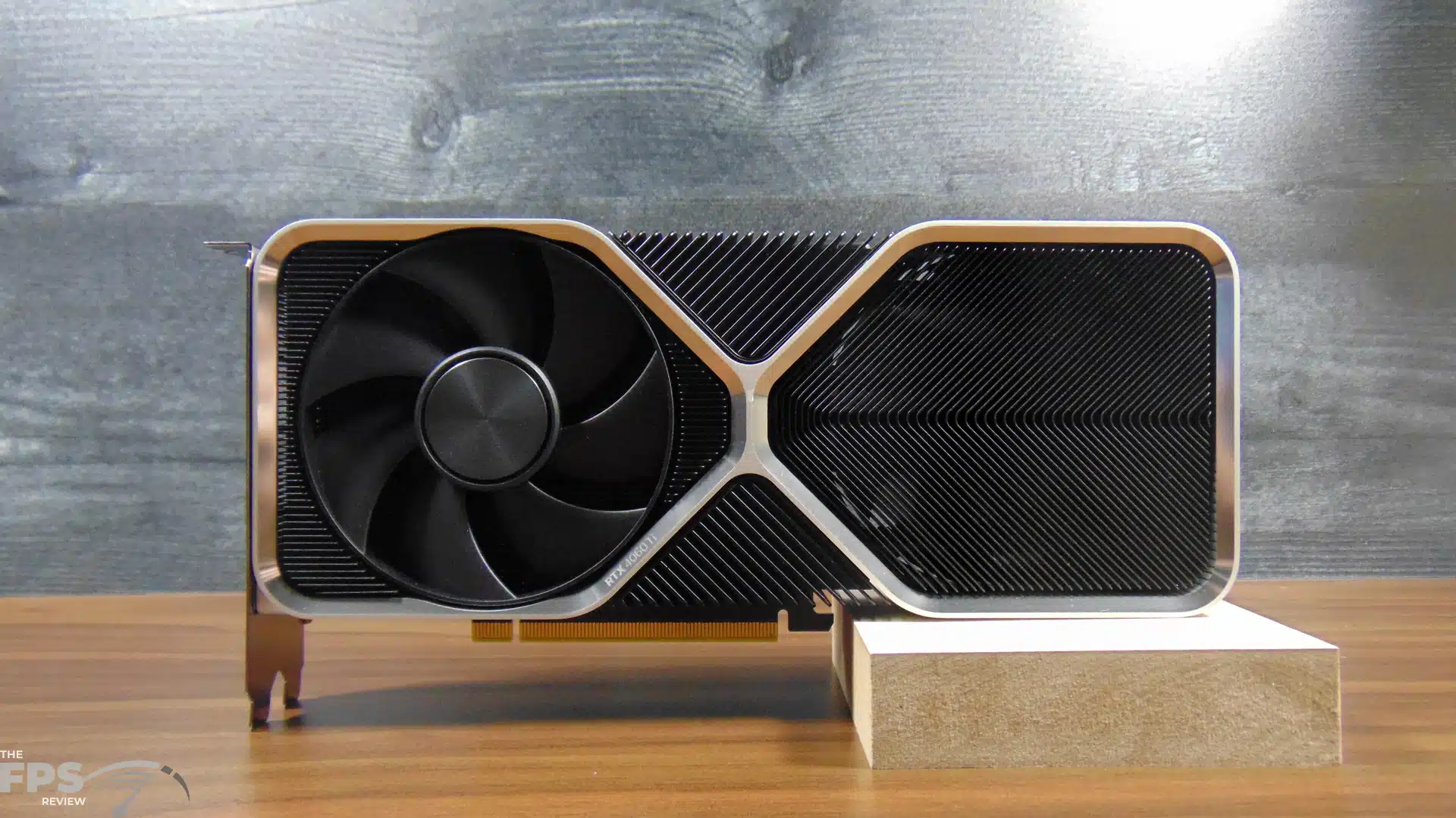The GeForce RTX 4060 Ti is based on the NVIDIA Ada Lovelace GPU architecture AD106 GPU and the TSMC 4N process. This means it now supports some big upgrades like AV1 encoding and DLSS 3 Frame Generation support. One of the big upgrades is also the use of a much larger L2 cache capacity of 32MB versus the previous generation which had 4MB on the GeForce RTX 3060 Ti. This large L2 cache helps reduce cache misses and keeps access closer to the core, rather than having to go out to VRAM as often. This of course only works up to the point that the cache is filled. Ultimately you still need a large VRAM capacity to hold the textures and geometry of today’s modern games. This larger L2 cache should improve performance, however, versus the previous generation architecture.
You will also find NVIDIA’s 4th Generation Tensor Cores and Optical Flow Accelerators on the new GeForce RTX 4060 Ti. This is necessary for the inclusion of DLSS 3. The GeForce RTX 4060 Ti also includes NVIDIA’s 3rd Generation RT Cores for better Ray Tracing performance. You also get the support of Shader Execution Reordering (SER) to improve ray tracing operations when utilized in games. This is a new feature of the Ada Lovelace Architecture. The GeForce RTX 4060 Ti also includes NVIDIA’s 8th Generation NVENC encoder with AV1 encoding support. All previous applications like NVIDIA Studio and support like NVIDIA Reflex and NVIDIA Broadcasting are also supported.
The GeForce RTX 4060 Ti utilizes 3 Graphics Processing Clusters, 17 Texture Processing Clusters, and 34 Streaming Multiprocessors. What this means is that the GeForce RTX 4060 Ti has 4,352 CUDA Cores, 136 Texture Units, 48 ROPs, 136 (4th Gen) Tensor Cores, and 34 (3rd Gen) RT Cores. It will have a Base Clock of 2310MHz and a Boost Clock of 2535MHz. Memory consists of 8GB of GDDR6 at 18GHz on a 128-bit memory bus. This provides 288GB/s of actual memory bandwidth. It has 32MB of L2 cache.
The TGP is 160W for this video card, but the average gaming Wattage is 140W. It also has a low idle power of 7W and AV1 video playable power usage of 13W. This runs on a PCIe Gen 4 x8 PCIe lanes connection. The required PSU is 550W. The Founders Edition uses the PCIe Gen 5 cable connector, and there is an adapter in the box.


